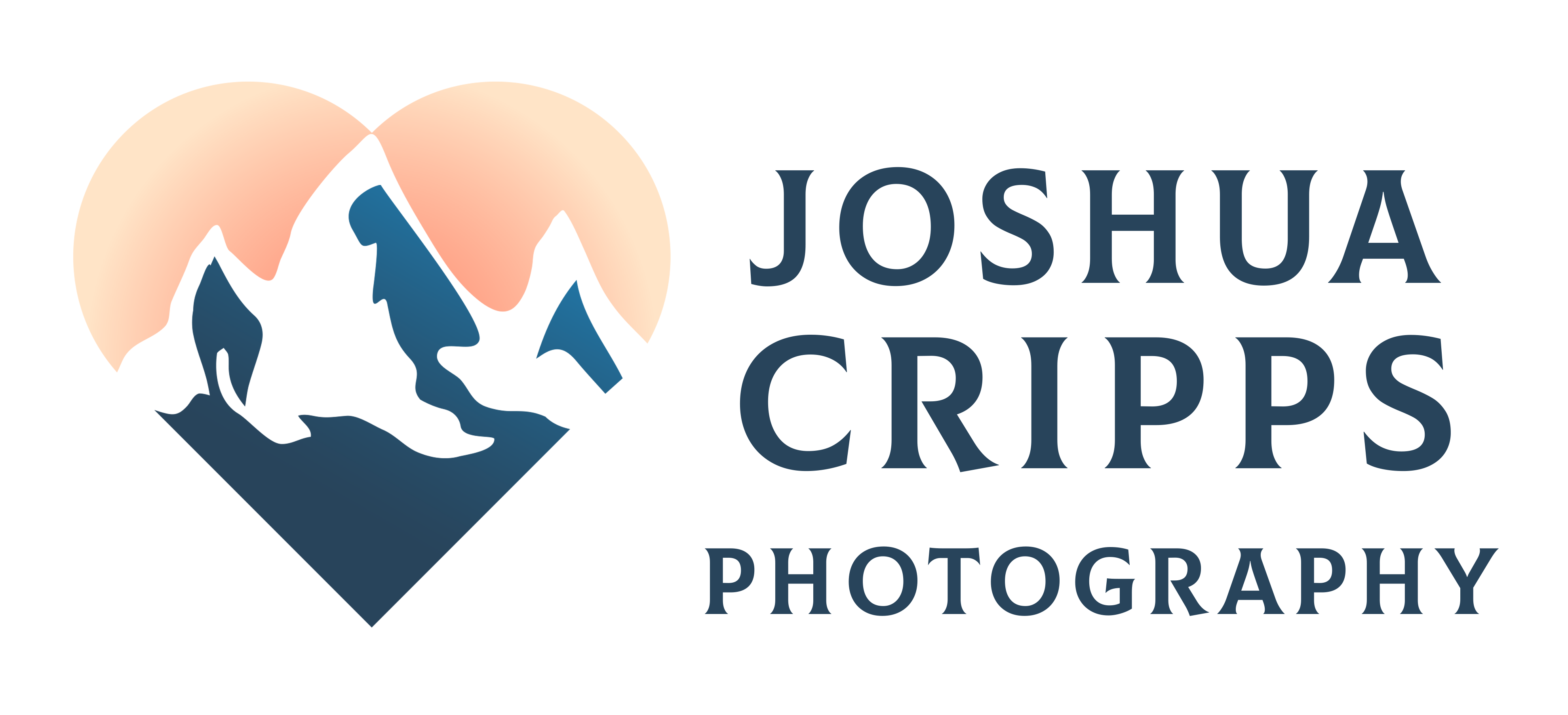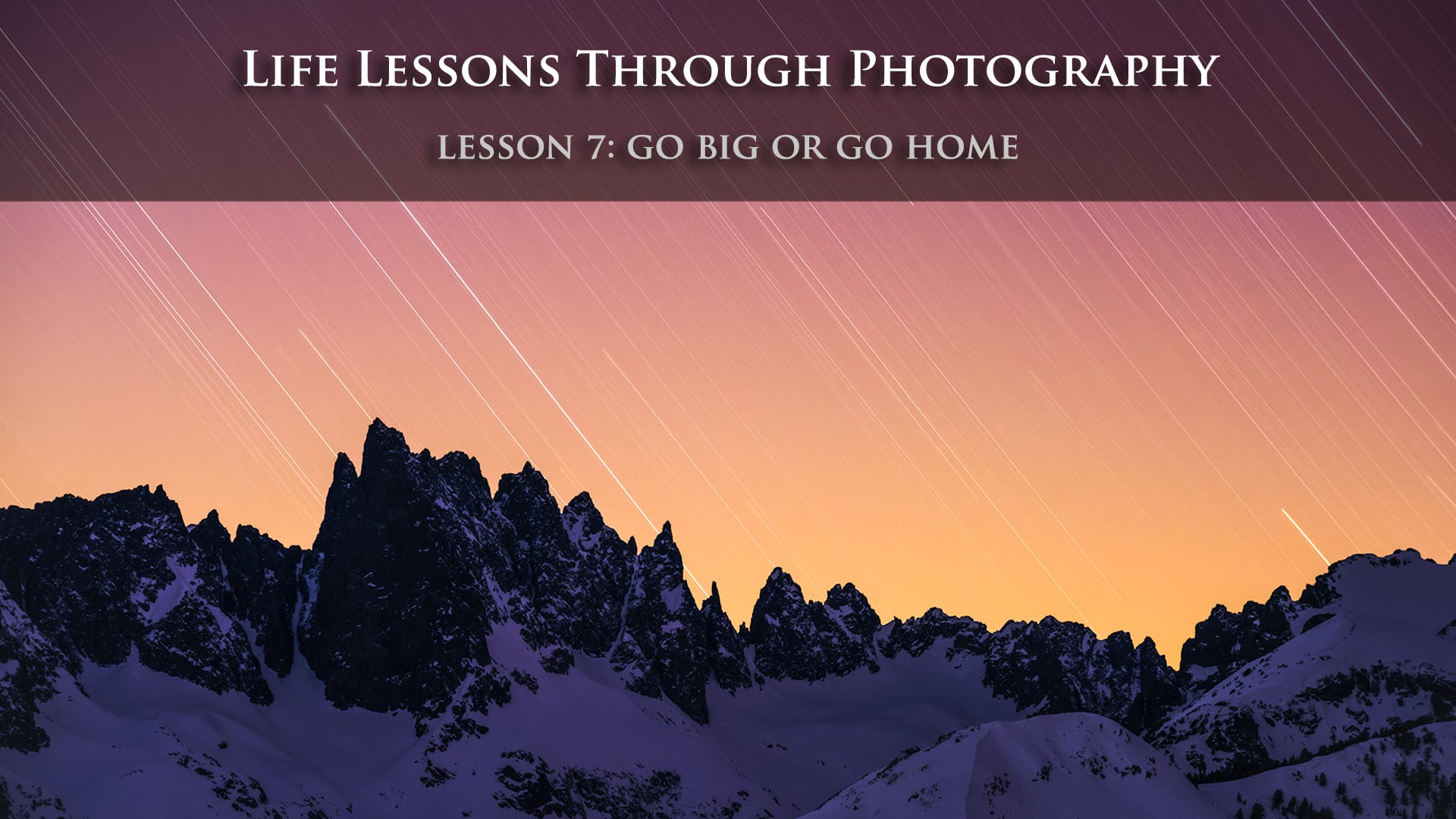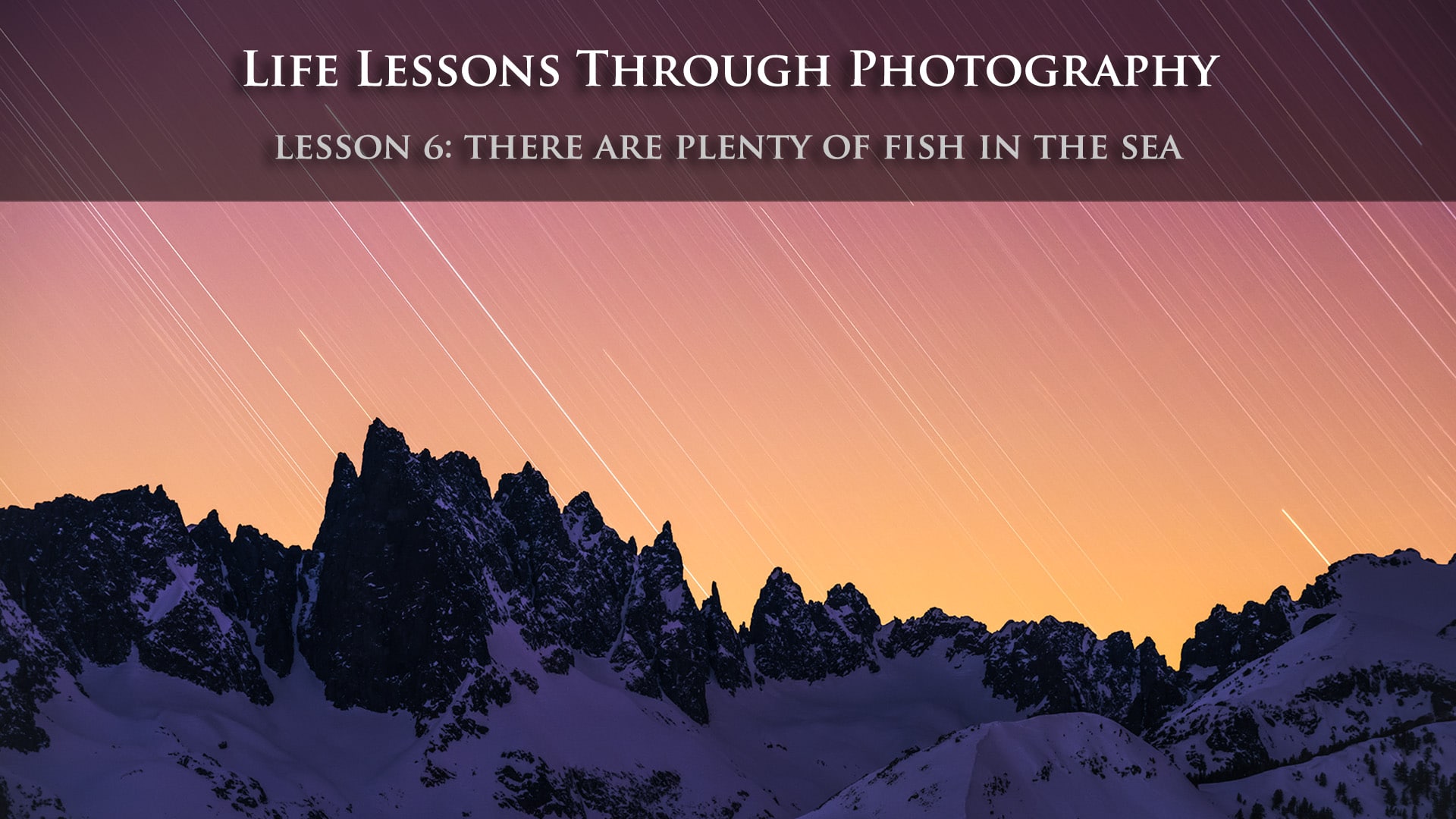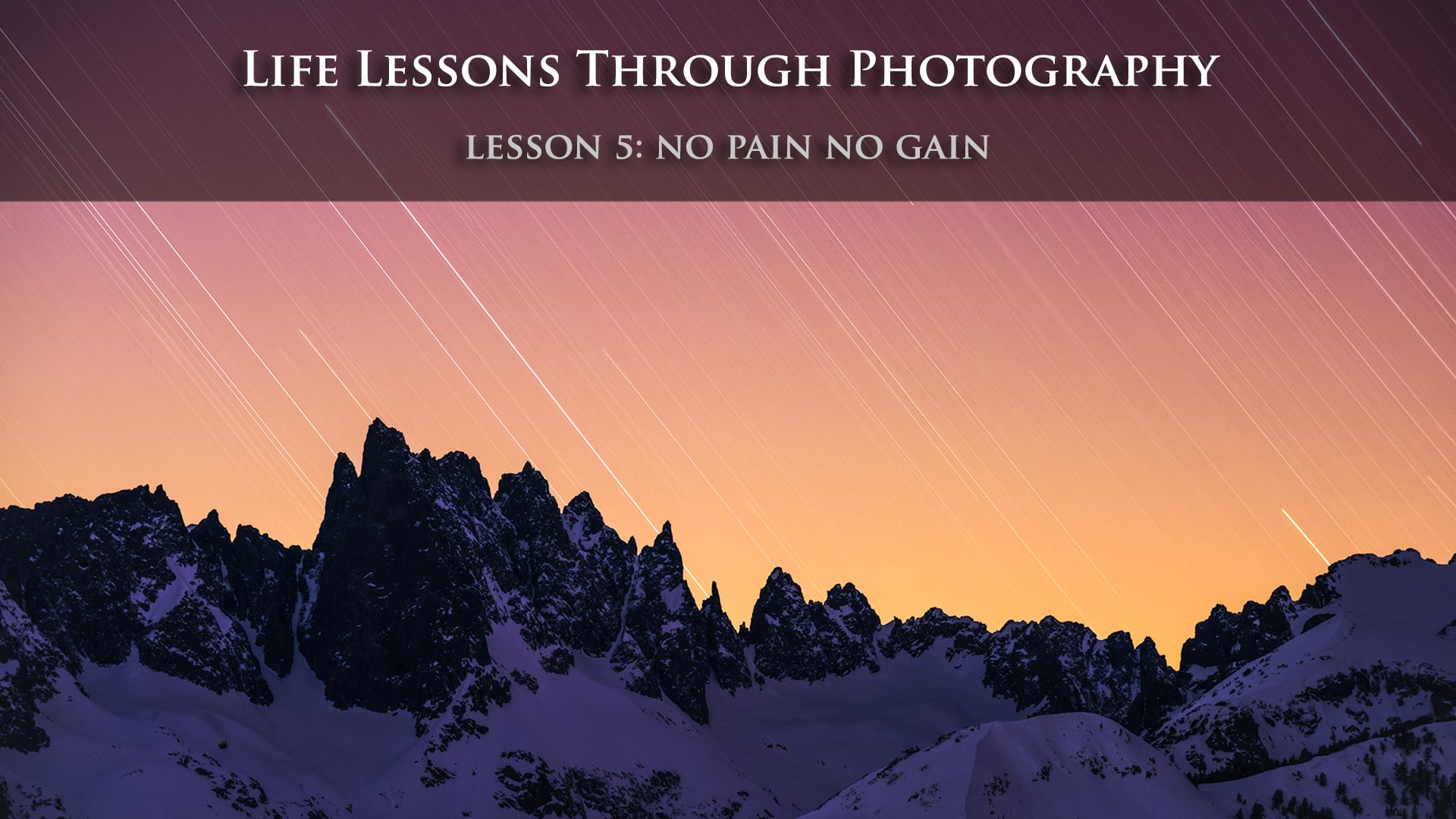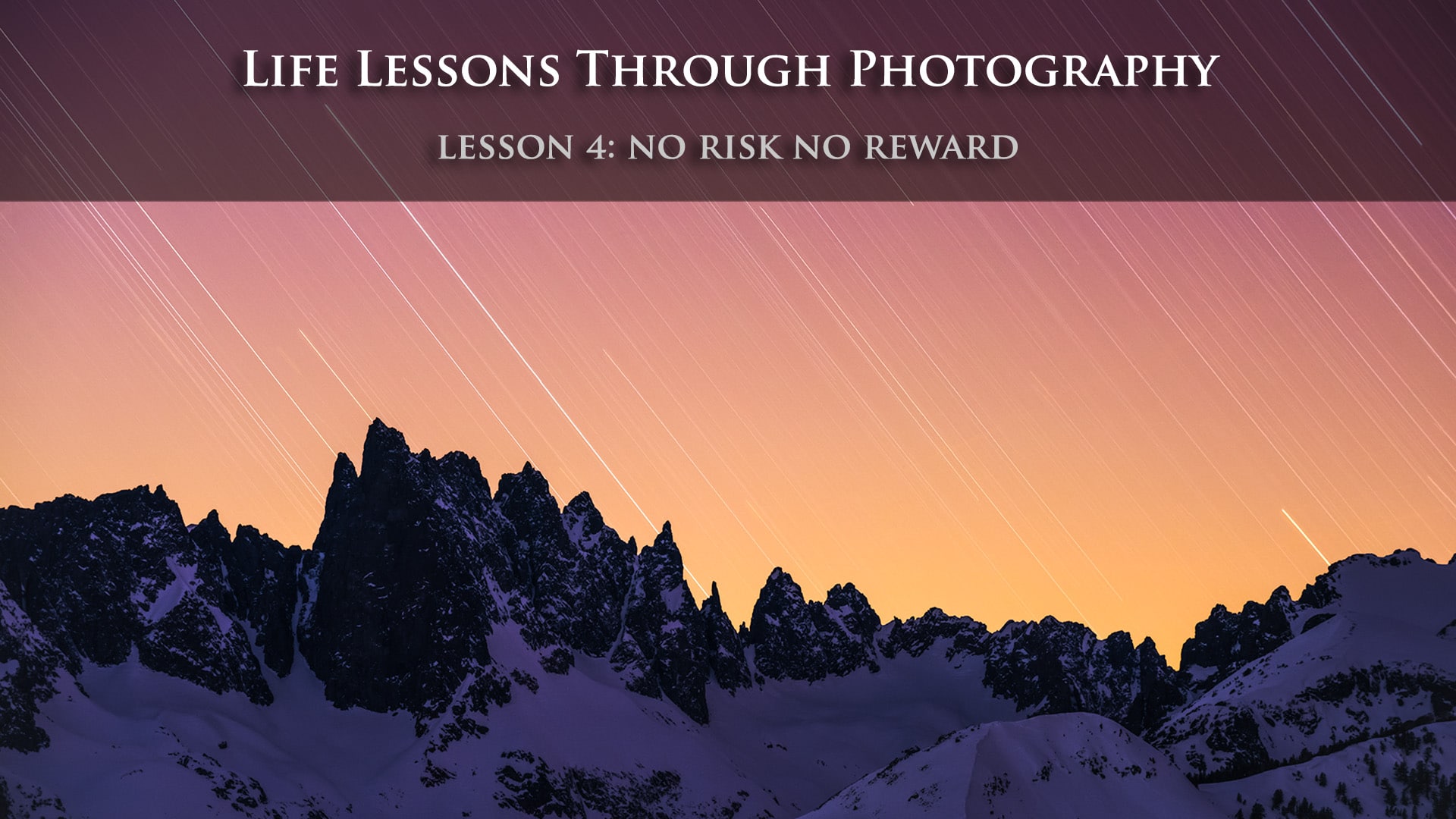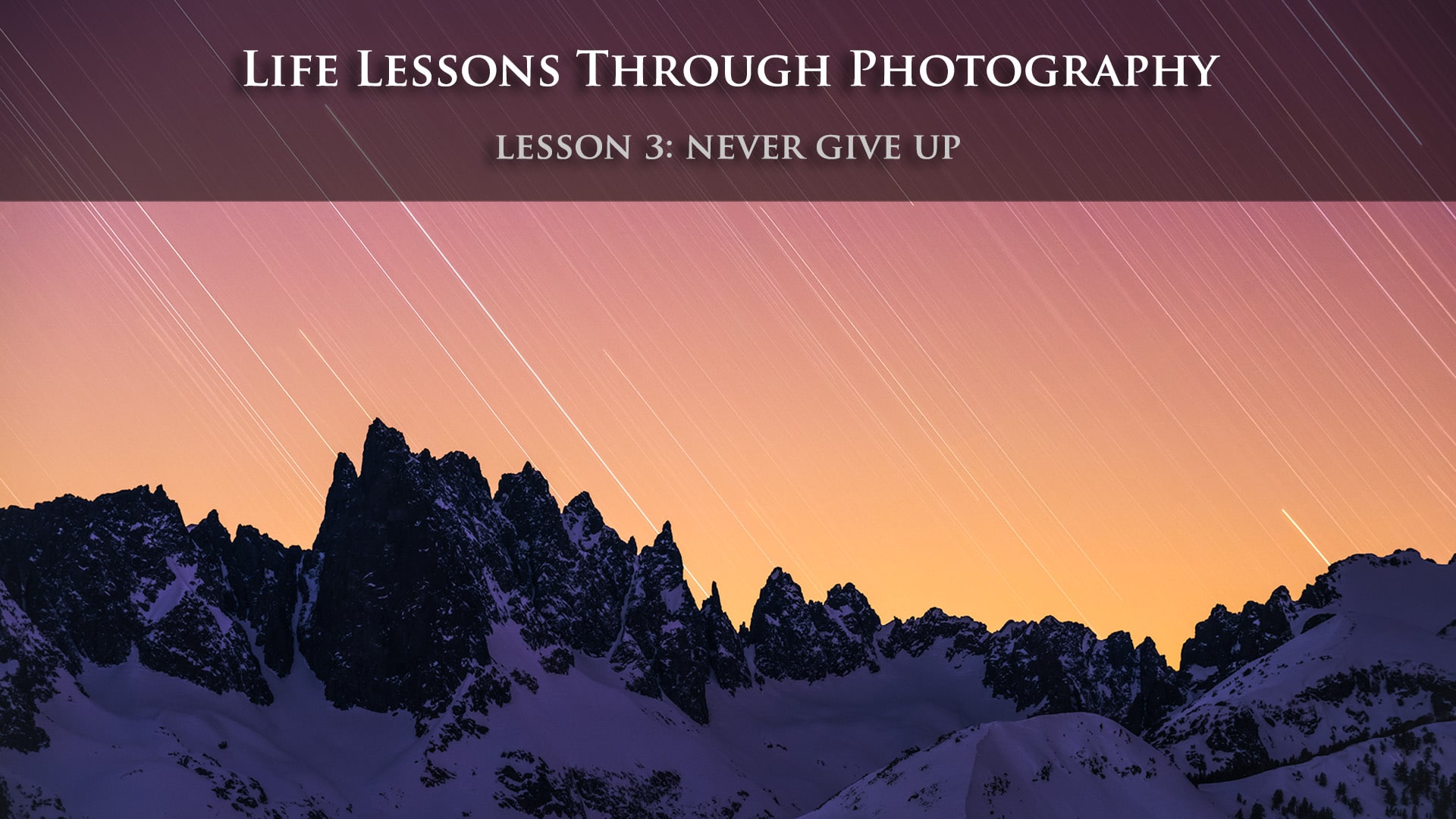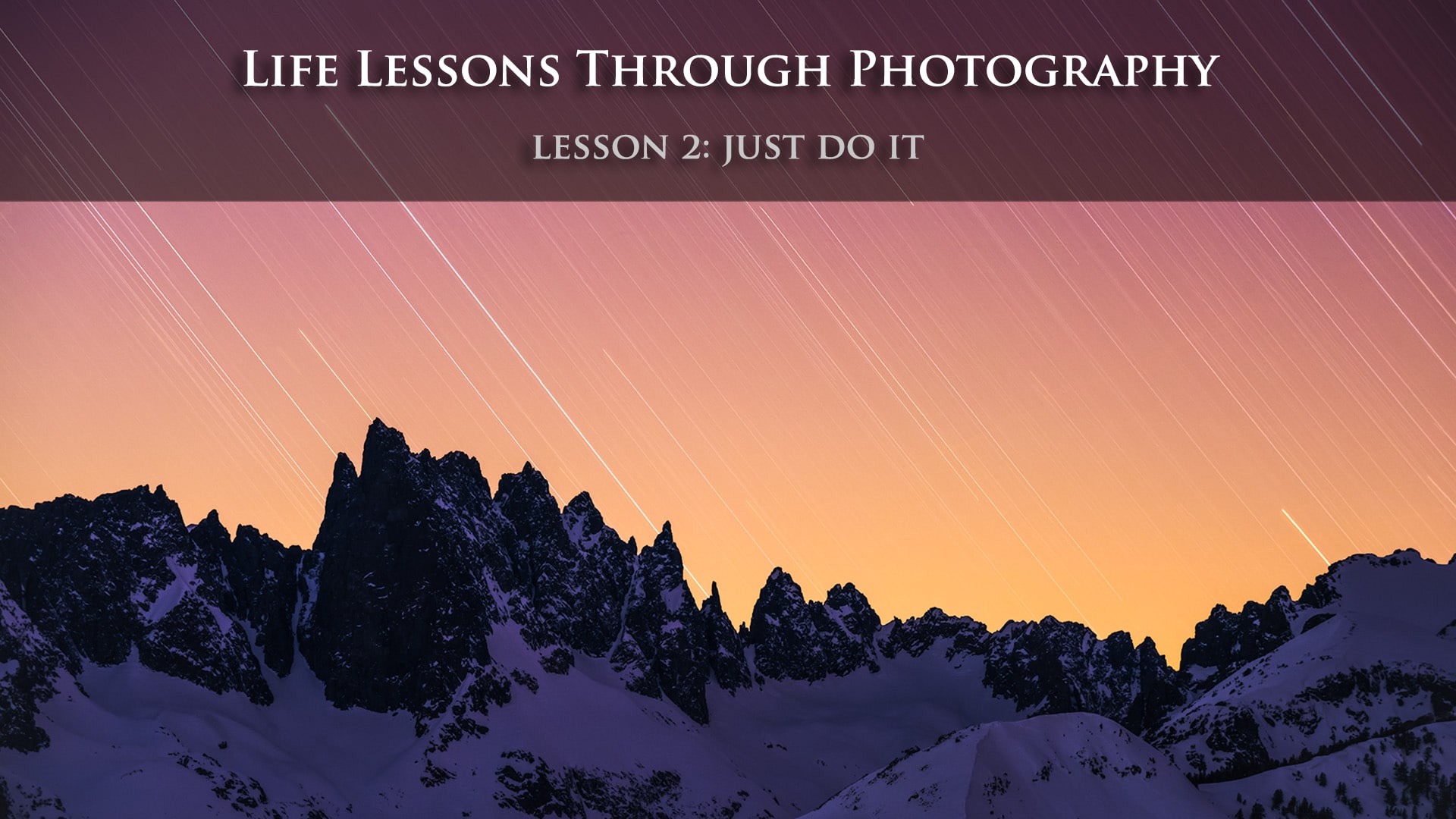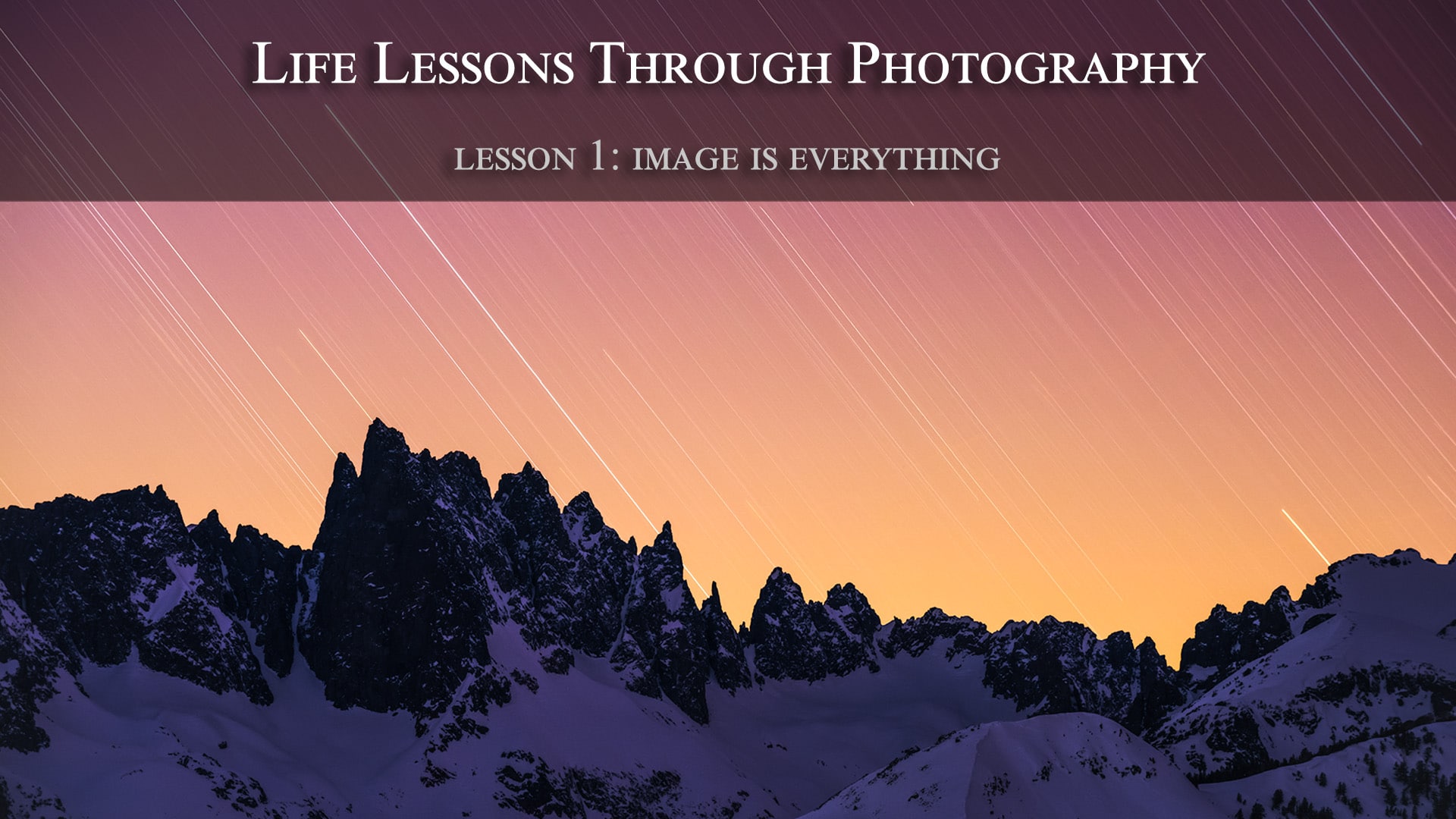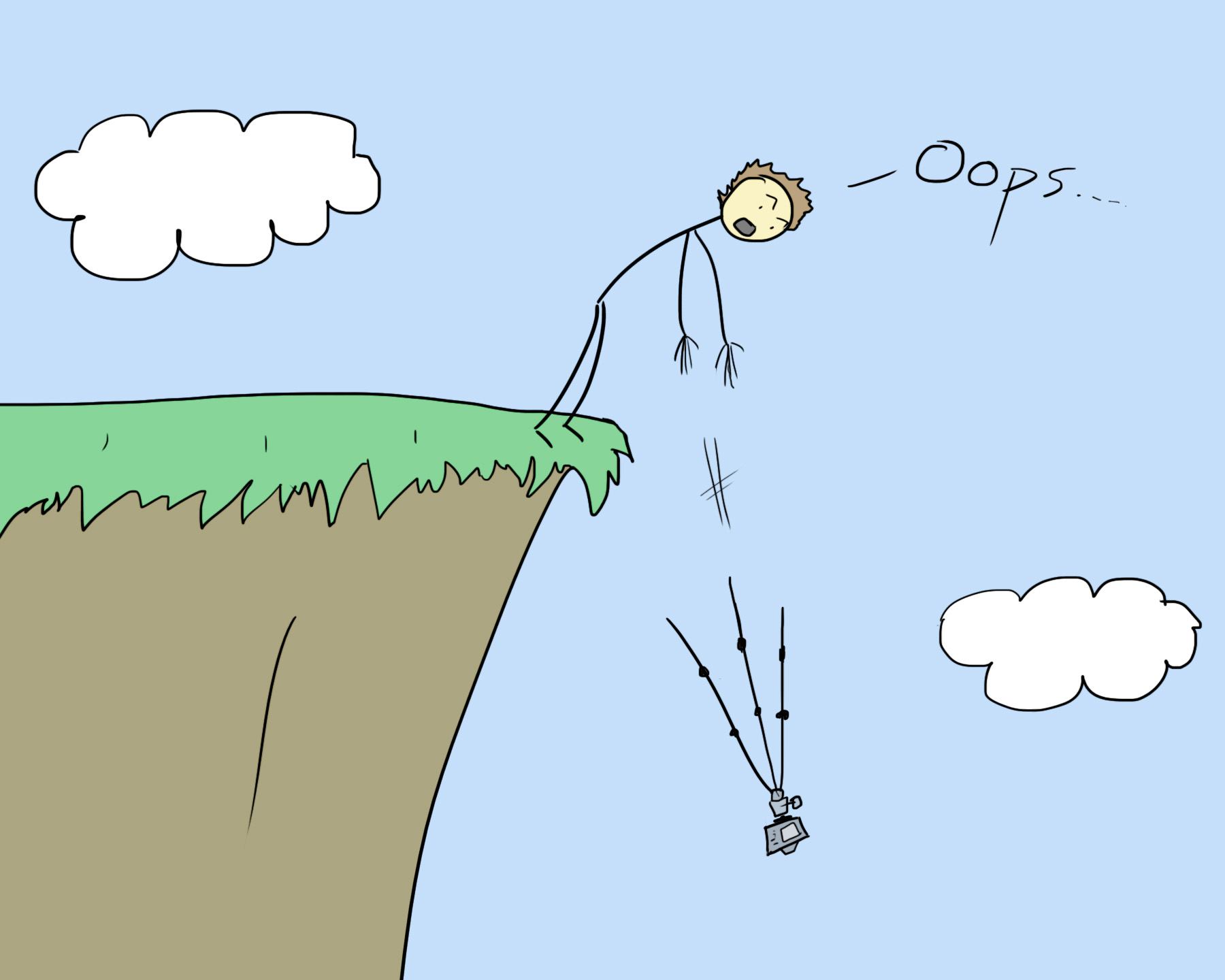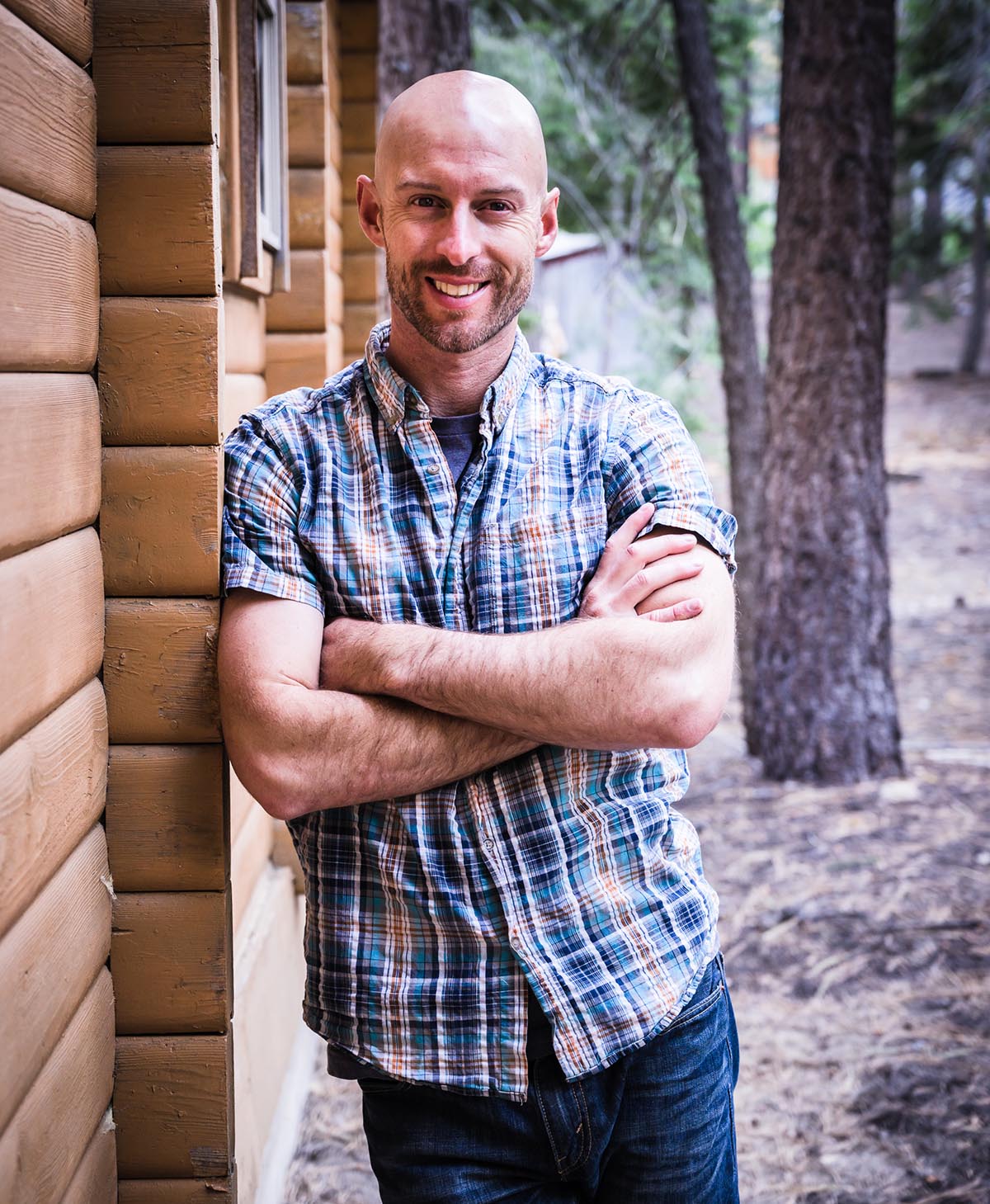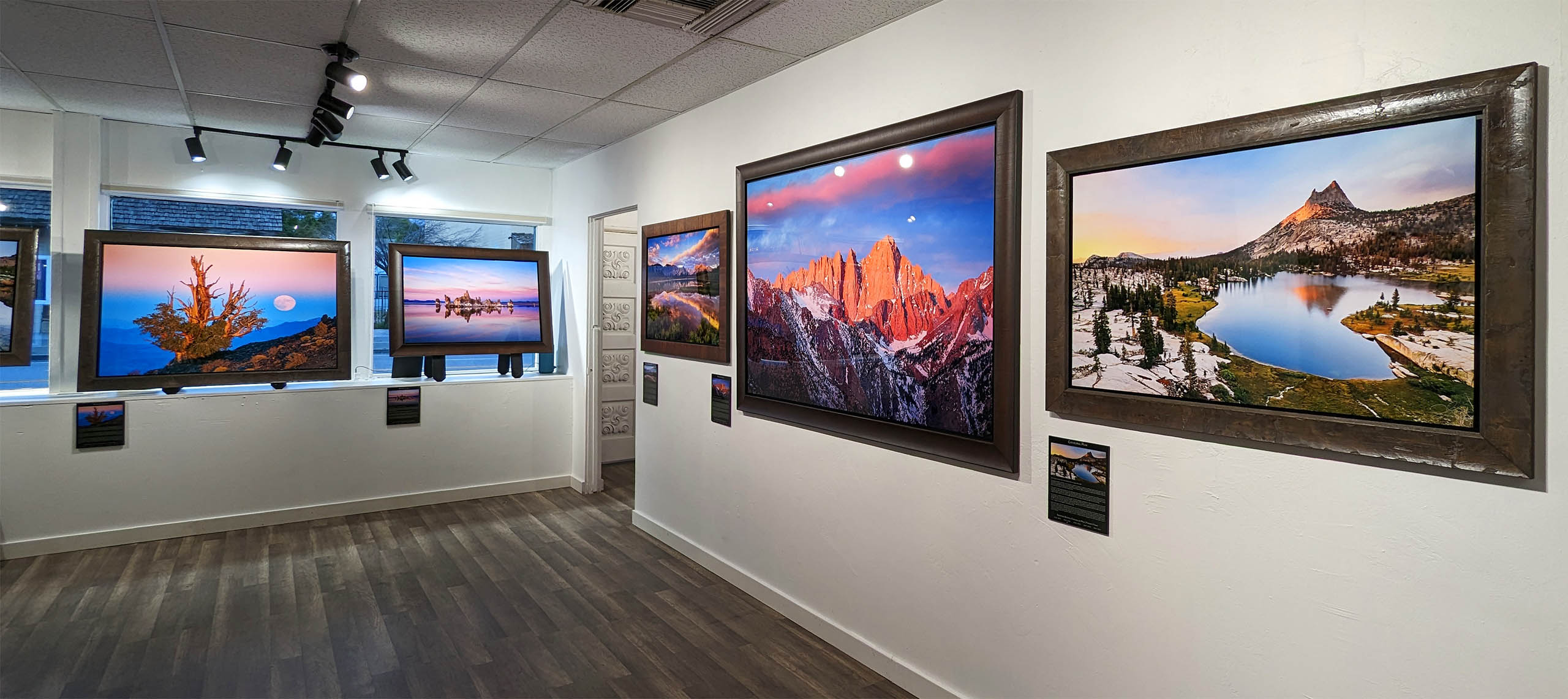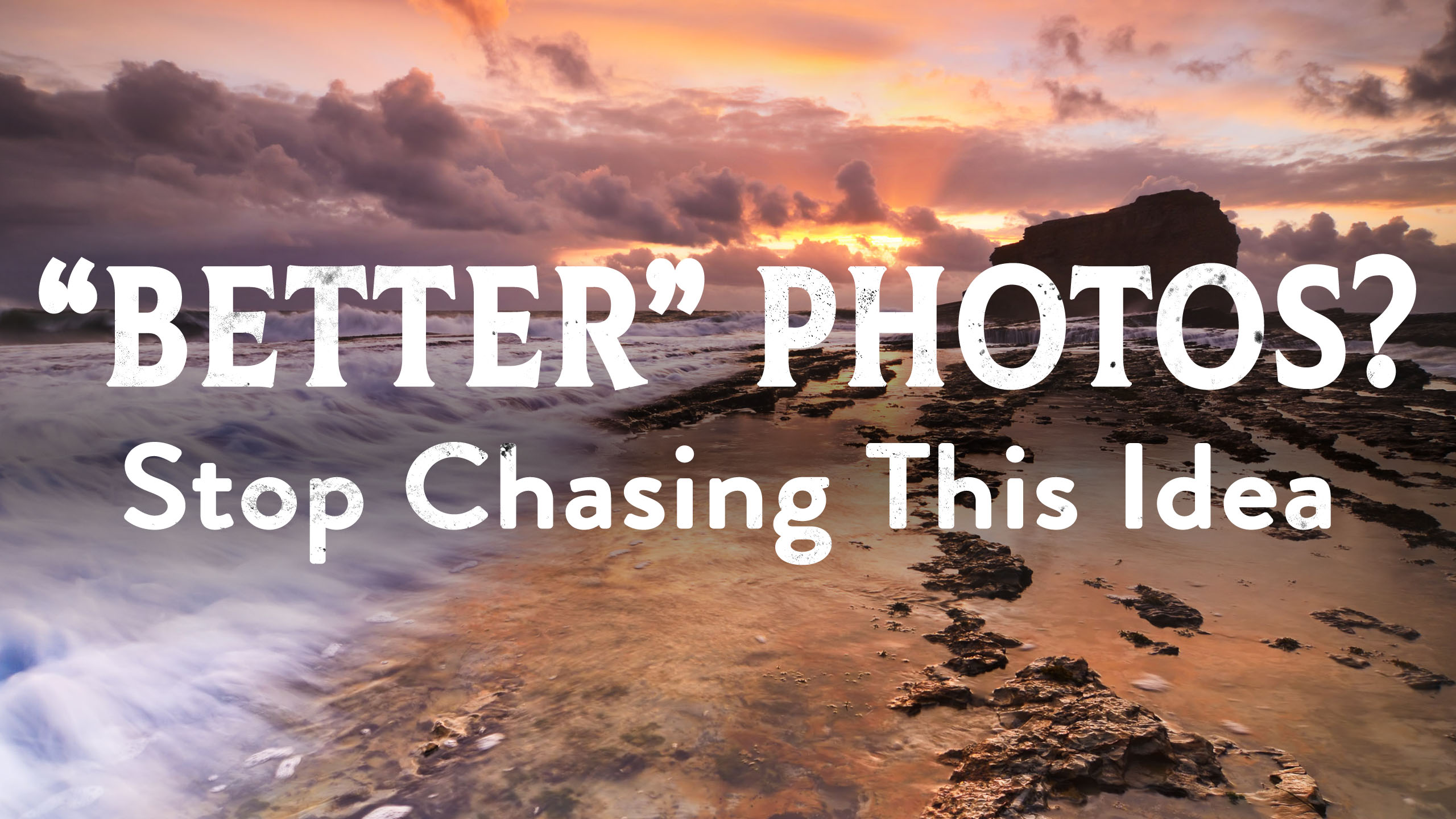
https://www.youtube.com/watch?v=0roGGAbNrnQ This is going to sound really weird, but one of the biggest mistakes I see with landscape photographers is that they’re constantly trying to get better, but this hand wavy a morphous pursuit of better can actually kill your progress as a photographer. And I’m going to tell you why right now. Greetings my […]
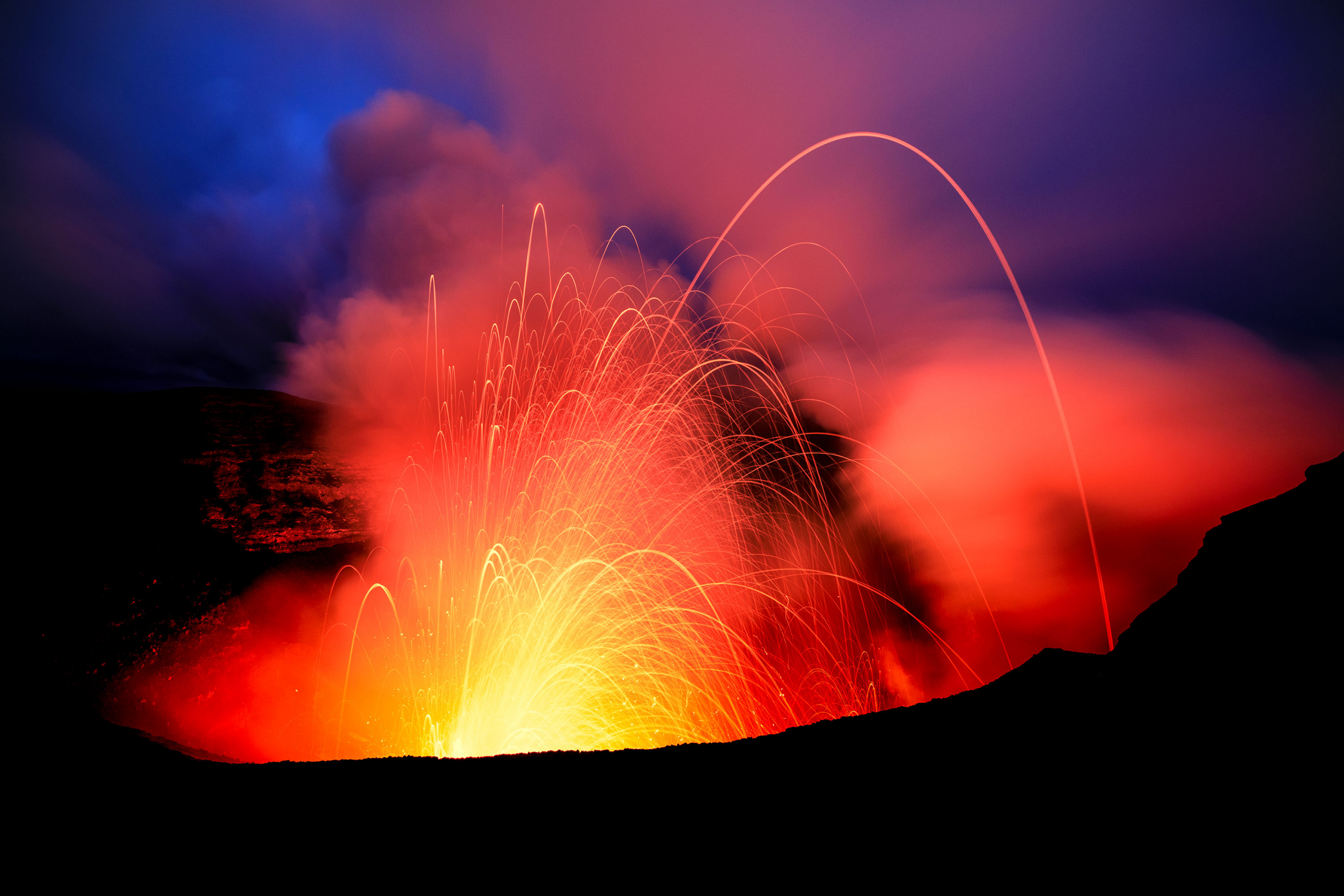
Right. You always gotta be thinking about how you can take things up to the next level. You can’t just rest on your laurels. If you want to make really compelling photographs. Greetings my excellent friends. It’s Josh Cripps here on this episode of how I got the shot. I’m very excited to welcome a […]
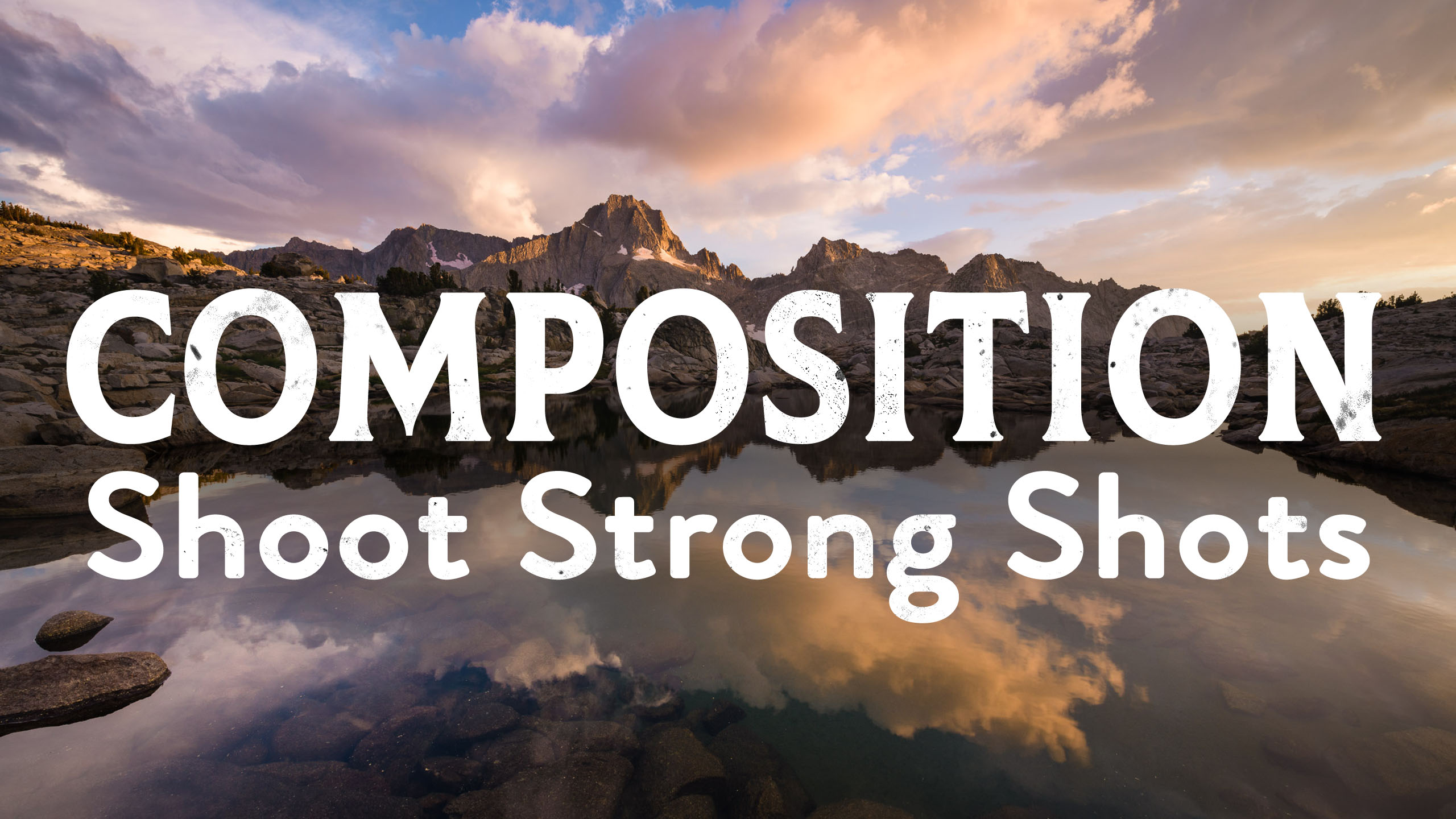
https://www.youtube.com/watch?v=bqp2iNRg-Sw Here’s a question for you. How do you tell truly captivating stories with your landscape photography stories that tell your viewers what you want them to know about a place I’d like you to ponder that for a minute? Because it seems to me that when you scroll through social media, these days, the […]
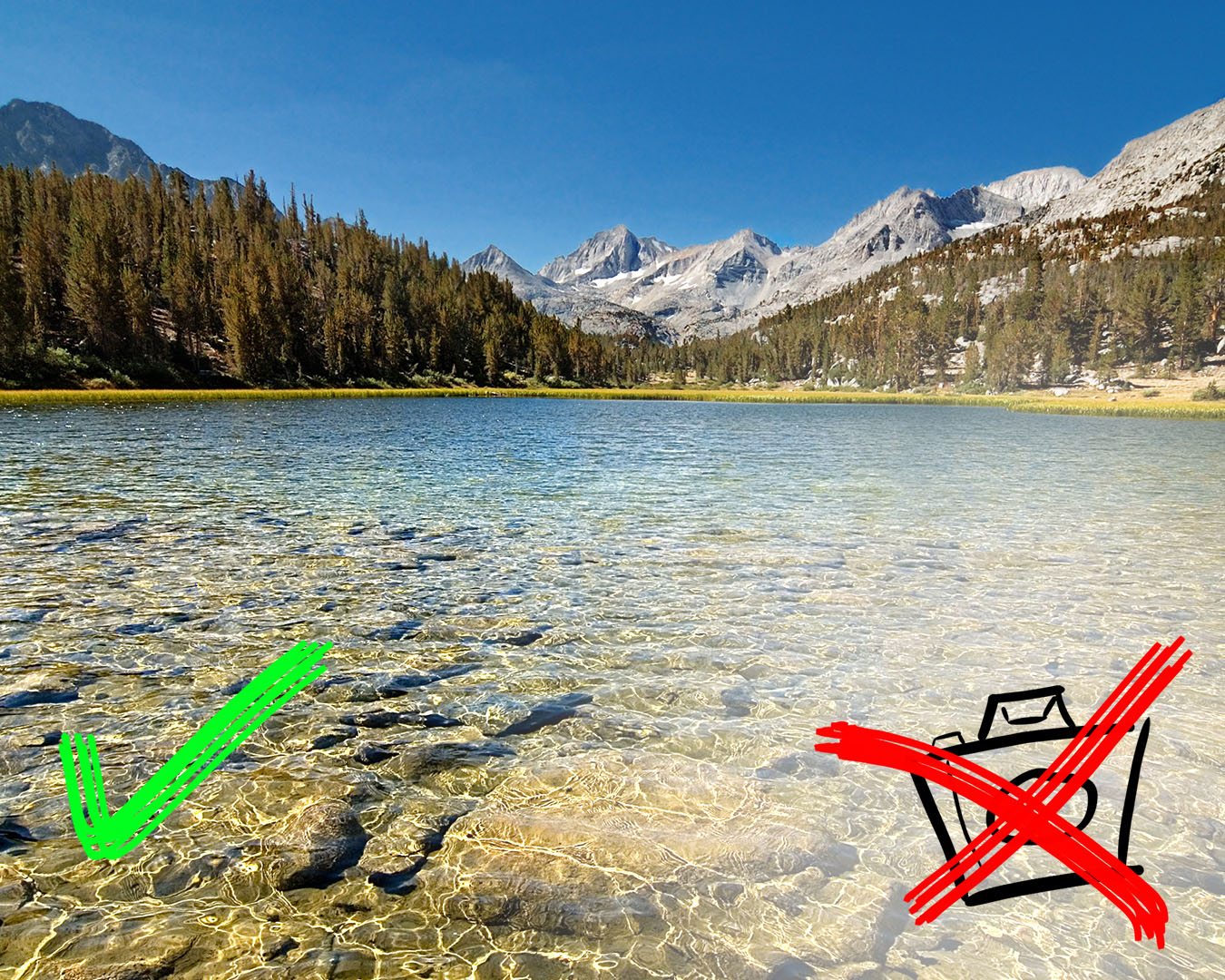
Greetings, my fellow photo nerds! Unless you’ve been living under a rock you’ve surely noticed that camera manufacturers constantly come out with newer, better, lighter, faster, snazzier cameras. And while there’s no denying that the image quality of today’s cameras is astonishing, when you want to create striking and memorable photos, is a new camera […]

